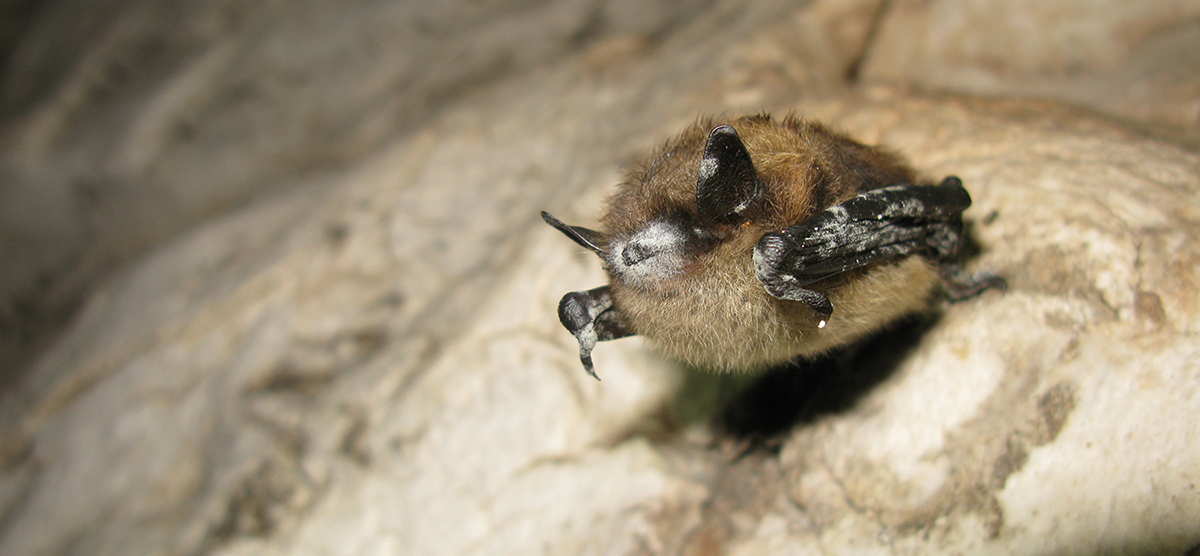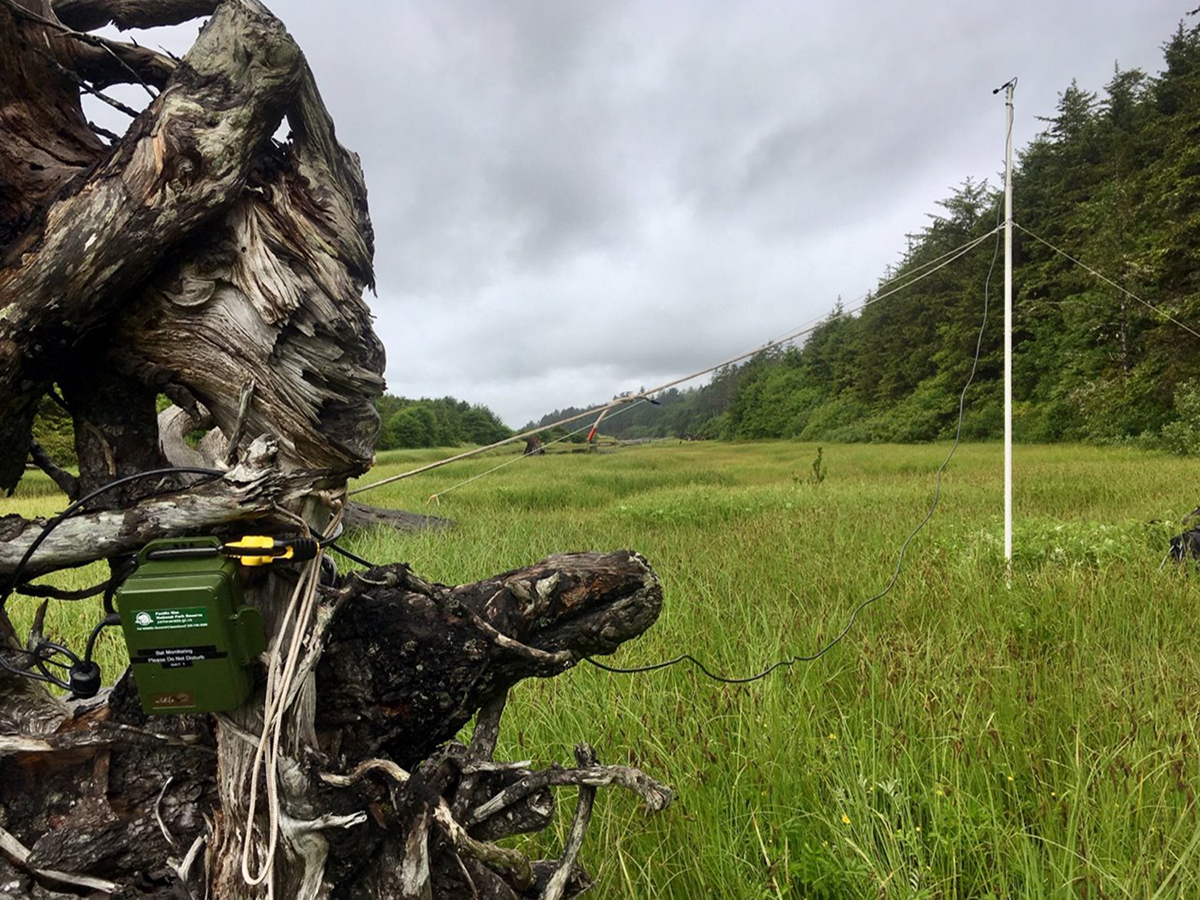
Bats
Pacific Rim National Park Reserve
Stressors | Monitoring | Findings
Overview
Bats are an important component of a healthy ecosystem. At Pacific Rim National Park Reserve bats play a vital role as voracious insect eaters, and can consume more than their body weight in insects each night.
As insectivores, bats require productive freshwater areas as foraging habitat. Research shows that bat activity increases with proximity to freshwater because wetlands and streams are breeding grounds for many insects. By monitoring predators, such as bats that eat these insects, we are gaining insight into the health of our freshwater ecosystems.
Among small mammals, bats are unique in their long lifespans, low reproductive rates and dependency on specific habitats and features - all factors which make them an ideal species to monitor and understand ecosystem change. We have detected eight bat species over the past two years of summer surveys. This represents higher diversity than any other group of mammals in Pacific Rim National Park Reserve.
Stressors
White-nose syndrome

White-nose syndrome (photo: Hugh Broders)
How is Parks Canada monitoring bat populations?
Bats are notoriously difficult to study and many species in the region are also migratory. They are active at night, and roost in cryptic dark locations during the day. At Pacific Rim National Park Reserve, we have implemented an innovative bat monitoring project utilizing ultrasonic sound detectors that record bats as they fly by at night.
Ultrasonic sound detectors

Ultrasonic refers to sounds in the range higher than normal human hearing (above ~20kHz). Each species of bat has a unique pattern of clicks. Later we use auto-identification software to identify each bat species that has passed the detector. Over the past two summers we have recorded over 30,000 bat passes at 33 different freshwater sites throughout the national park reserve. The recordings tell us which bat species are present, as well as the time and conditions in which they are most active. This gives us baseline information so we are able to monitor future changes.
Collaborators
At Pacific Rim National Park Reserve we are sharing our research protocols and data with other Parks Canada sites as well as with the North American Bat Monitoring Program.
Findings
- Date modified :